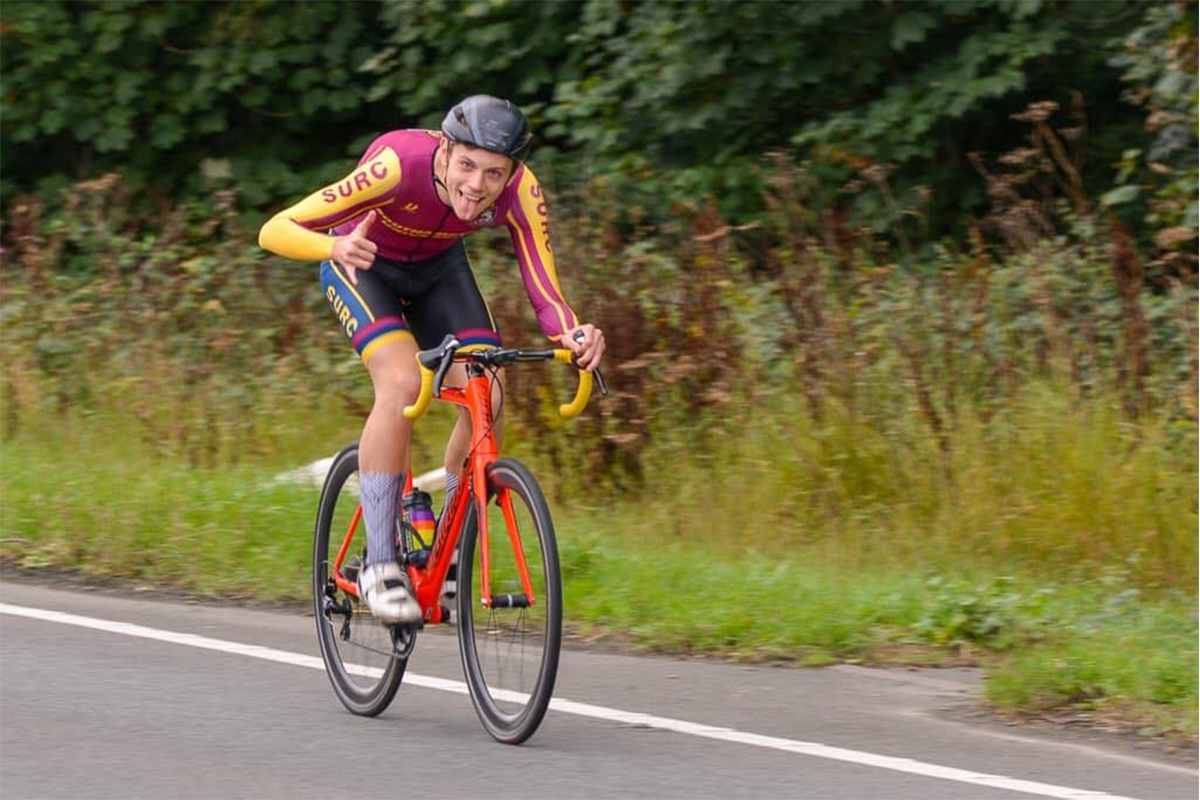Intensity in your training is a little like the application of aftershave – more is not always better. There’s most definitely a right amount and overdoing it is worse than under-doing it. Being slightly undercooked on the start line is infinitely better than getting burnt out in training and not making the start line at all. One thing is true, whether you’re a casual athlete training eight hours per week or a top amateur training like a pro, overdoing the intensity will lead to bad things. This can include injury, burnout or overtraining. Intensity control in training sessions is really important too – ensuring your interval sessions have the desired physiological effect. Here we will talk through a couple of different ways to introduce intensity into your training plan.

For the duration of this article we will be using a five zone training model where the zones are based on percentages of FTP. They are defined as follows, with FTP being the maximum power you can sustain for 60 minutes:
Zone 1: less than 55% of FTP
Zone 2: 55-75% of FTP
Zone 3: 76-90% of FTP
Zone 4: 91-105% of FTP
Zone 5: more than 106% of FTP
This model is not the only one out there and they all have various pros and cons. See our article explaining power to learn more.
The safer option – polarised training:
Much has been made over 80/20 training in the past few years (and then some). Polarised training is often presented as the be all and end all of all endurance sport training but what is often missed is the actual observation in Dr Stephen Seiler’s original research. The one thing we see across all world class endurance athletes across all sports is that they train a lot and most of that training is easy. The type of intensity they do is different for different sports, of course. A track persuiter will have a different intensity distribution than a grand tour gc contender but there will be more similarities than differences in their training. This probably explains how Filipo Ganna was able to perform so well at both the Giro d’italia and on the track at Tokyo.
The reason that has been attributed to the success of this technique, encouraged and endorsed by many coaches, is that it helps to build a big aerobic base. Accumulating many hours at low intensity can help to build a large aerobic capacity and helps to raise your first lactate threshold (LT1). Having a high LT1 is a strong indicator of performance in endurance events and it means you can go harder for less physiological cost. A high LT1 is also associated with faster recovery from intense training or racing.
A polarised training approach suggests the distribution of training is roughly 90% easy and 10% hard in terms of time. This could also be distributed as 80% easy and 20% hard in terms of sessions completed. For example, if you’re a cyclist doing 8 hours per week across 5 rides the training might be distributed as follows:
Monday: Rest
Tuesday: 60 minutes zone 1 or 2
Wednesday: 90 minutes interval session
Thursday: Rest
Friday: 90 minutes zone 1 or 2
Saturday: 60 minutes zone 1 or 2
Sunday: 3 hours club ride
The interval session will have 0.8 hours or 48 minutes (10% of eight hours) of work, so perhaps something like 6 x 8 minutes at FTP with 4 minute recovery between repetitions. This is perhaps less intensity than many low volume athletes will typically do, with many doing up to three hard sessions in a week. By doing less training at high intensity you are giving your body a chance to recover from the sessions and not interrupting the adaptation process with more hard work.
Sweet-spot training:
Back in the old days accumulating hours at just below threshold was deemed optimal. This is an approach to training that was particularly popular in triathlon in the late 90s and I’m sure it’s seen support elsewhere. It’s commonly defended in the SlowTwitch forums and can be successful but it requires much more care than purely polarised training. If you overdo this approach to training you are liable to digging yourself a hole that’s difficult to get out of. A week with this approach might be distributed as follows, for the same hypothetical athlete as before:
Monday: Rest
Tuesday: 60 minutes with 4 x 8 mins at 90% of FTP
Wednesday: 90 minutes zone 2
Thursday: Rest
Friday: 90 minutes with 6 x 8 minutes at 90% of FTP
Saturday: 60 minutes zone 2
Sunday: 3 hours club ride
As you can see, two sessions out of five are hard and this is considerably more stressful than only doing one hard session per week. The thing that allows us to do this is the fact that the intervals are slightly less intense.
There are many options for introducing a bit of intensity into your sessions and now is the perfect time to begin doing this with races less than three months away, that’s only 12 weeks. The general rule is to work on physiological systems now and increase race specificity as your key race approaches. In season you can also use racing as your intense sessions. The main thing to remember is not to do too much intensity. It is much more stressful and more likely to cause burn out than increasing easy volume. More is not always better and never underestimate the power of a high aerobic threshold which can be built with easy base miles!
If you’re out training lots on the roads and getting involved in triathlon racing, we will cover your listed bikes for accidental damage and theft with our specialist bicycle insurance policy. If you aren’t sure what you’re covered for, just give us a call on 0333 003 0046 or message us on our live chat!